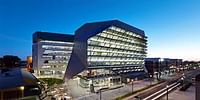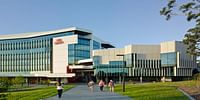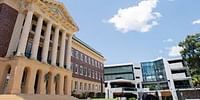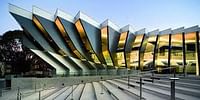Medical radiation science is a diverse, challenging, and progressive field that combines science, health, and anatomy/physiology. The Bachelor of Medical Radiation Science from Charles Sturt University offers students the theoretical knowledge and professional skills to practice as a qualified medical radiation scientist. Taught by industry-based professionals, this degree has a high success rate in industry employment.
In Australia, growth for medical radiation science professionals has been on the rise with career prospects continuing to look very strong, with an expected 11,000 job openings over the next five years. Students should enjoy working with people, with technology, helping sick or injured people, working a variety of hours, be interested in the human body, being challenged by new ideas, and being part of a team.
Medical imaging professionals work in a variety of settings, including:
- hospitals
- private practices
- the Defence Force
- medical equipment companies
- research and development.
Students may also gain employment in specialist areas such as:
- ultrasound: produce detailed images of the body in real-time to diagnose and monitor a range of health conditions
- interventional: medical imaging technique used to visualise blood vessels
- magnetic resonance imaging: operate MRI scanners to create 3D images of a patient’s body tissues, which are then used to diagnose illness and disease
- computed tomography: operate CT equipment to produce cross-sectional images of a patient’s bones, organs, and tissues.










